Folklore: Power Cables Do Not Make A Difference
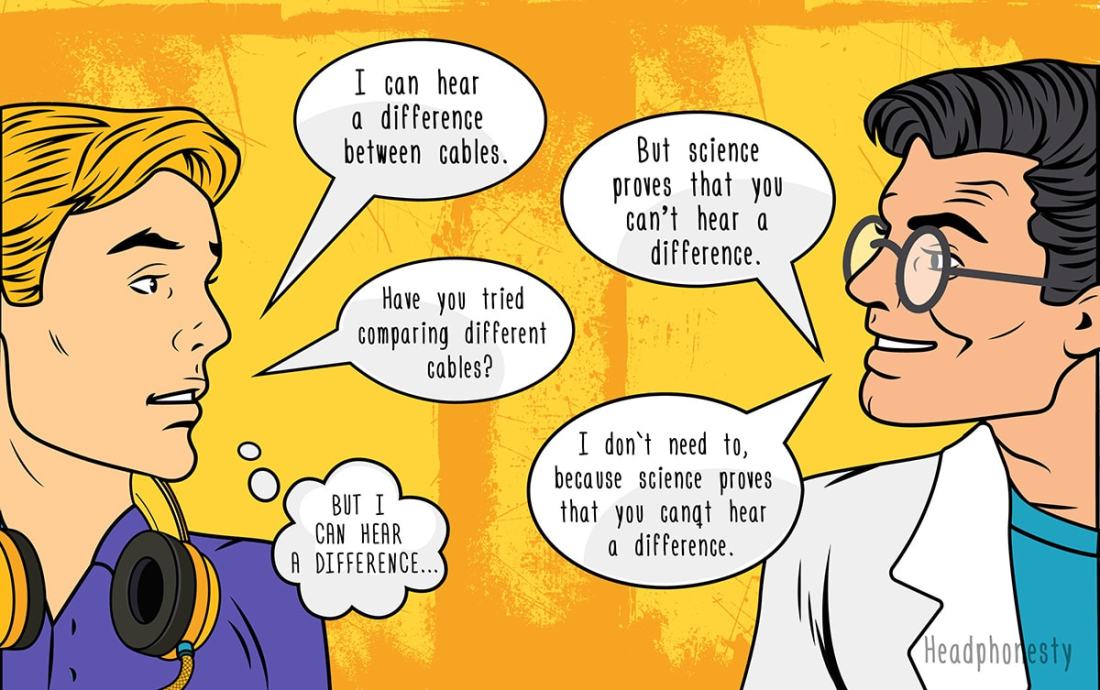
Power cables, a touchy subject with Audiophiles. Audiophiles are roughly separated into 3 camps when it comes to power cables.
- They make a difference, those who don't think so are not listening
- They do not make a difference, those who think they do are not measuring
- People sitting on the fence looking over in glee
Goes without question I am in camp #1. Power cables make a difference. /thread.
But the arguments continue. The second most common take down from the other camps is that expensive power cables is no different to any power cable you brought at a local store.
There is no point getting better power cables than what you can buy from a local store because you have tens of meters of "normal" in wall cabling, and kilometers of grid cabling. In other words, the power cable is not the weakest link on the grid. There is little point getting after-market/audiophile power cables when everything on the grid is of poor quality.
Is this true? Let us take a closer look!
Here is an example of in wall electrical cable.
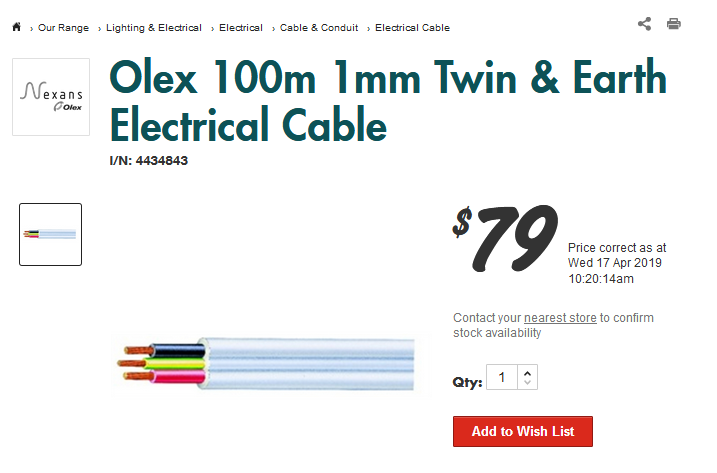
This is the cheapest grade and is not meant for general power outlets (GPO) use.
Reason why this cable is not recommended for GPO is due to the conductor area (1mm2). The cable will heat up when electricity passes through the conductors, this and a hot summer weather will warm these cables - increasing the resistance. Heat and long cable runs (length will also > resistance) will limit the cable's ability to deliver current. More on this later.
Perfectly fine for lights, however not good for GPO purposes. You do not see a circuit that mixes GPO with lights (at least I havn't lived in a house with a circuit like this ever).
Other in wall cables have thicker conductors - from around 1.5 mm2 up to 6 mm2. The thicker cables (> 6 mm2) are really meant to be used for electric stoves and ovens. This is usually just a single run from the meter box straight to your kitchen.
GPO typically uses 2.5 mm2. It's also common to have thicker cables from the meter box, then branching gauges down the walls to the GPOs.
There are other differences besides conductor surface area. Things like the surface area of the individual copper strands, the number of strands per conductor and so on.
In general, as you go up a cable size, the cable becomes harder to flex, heavier in weight, increasingly more difficult/frustration to work with, and most importantly - more expensive!
Everything boils down to cost and practicality. This is why you are unlikely to find 6 mm2 cables in the light circuit, or 1 mm2 for your GPO.
In wall cabling isn't that bad after all. My house has a pretty decent in wall cabling. For obvious reasons, anything less is fire hazard!
Speaking of fire hazards. Wild storms did this on Good Easter Friday (19th April 2019). This is the 3 phase mains connection box connecting mains power from the grid to 8 dwelling in my neighbourhood.
Apparently there was a loud bang and street and traffic lights were taken out temporarily when this MCB blew. I slept through the explosion as this happened in the middle of the night.
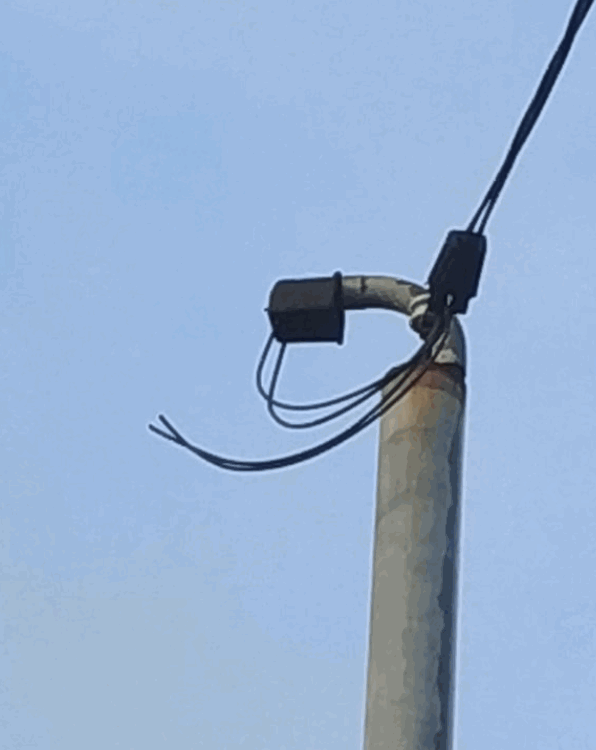
How thick are 3 phase power cables (They are hidden in the metal pole)? Each conductor has a diameter of 25 mm!! These cables are a pain to deal with.
So we have dealt with external wiring. They are actually pretty good. Sure the grid power cables are not made of copper. But they do the job. And they are capable, and not 'bad' as claimed.
Let's look at indoor cabling.
Here are 3 random non-audiophile power cables I have around the house. All 3 cables are certified for Australian use.
Specimen A, this is a typical power cable you can buy around electronic stores. If you look at the specifications, every core has a cross-sectional area of 0.75 mm2. This is the most common type I am aware of.
image widget
Specimen B. This cable is rated for high temperature environments (hence the notch). This cable has a core cross-sectional area of 1 mm2.
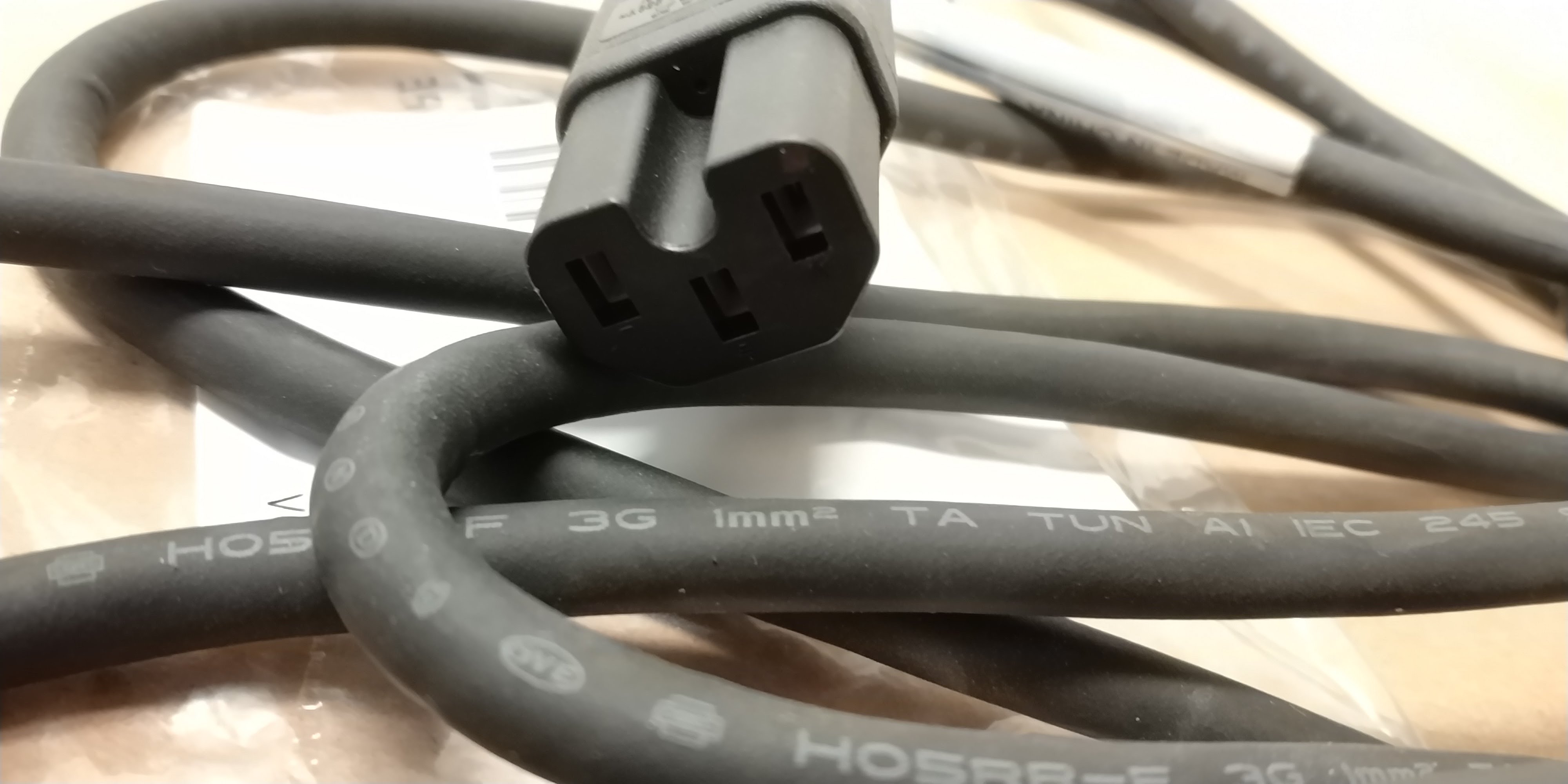
This cable is supplied by Cisco Meraki - and I love the bling bag.

Specimen C. This has a cross sectional area of 0.824 mm2. It also has a thicker insulation.
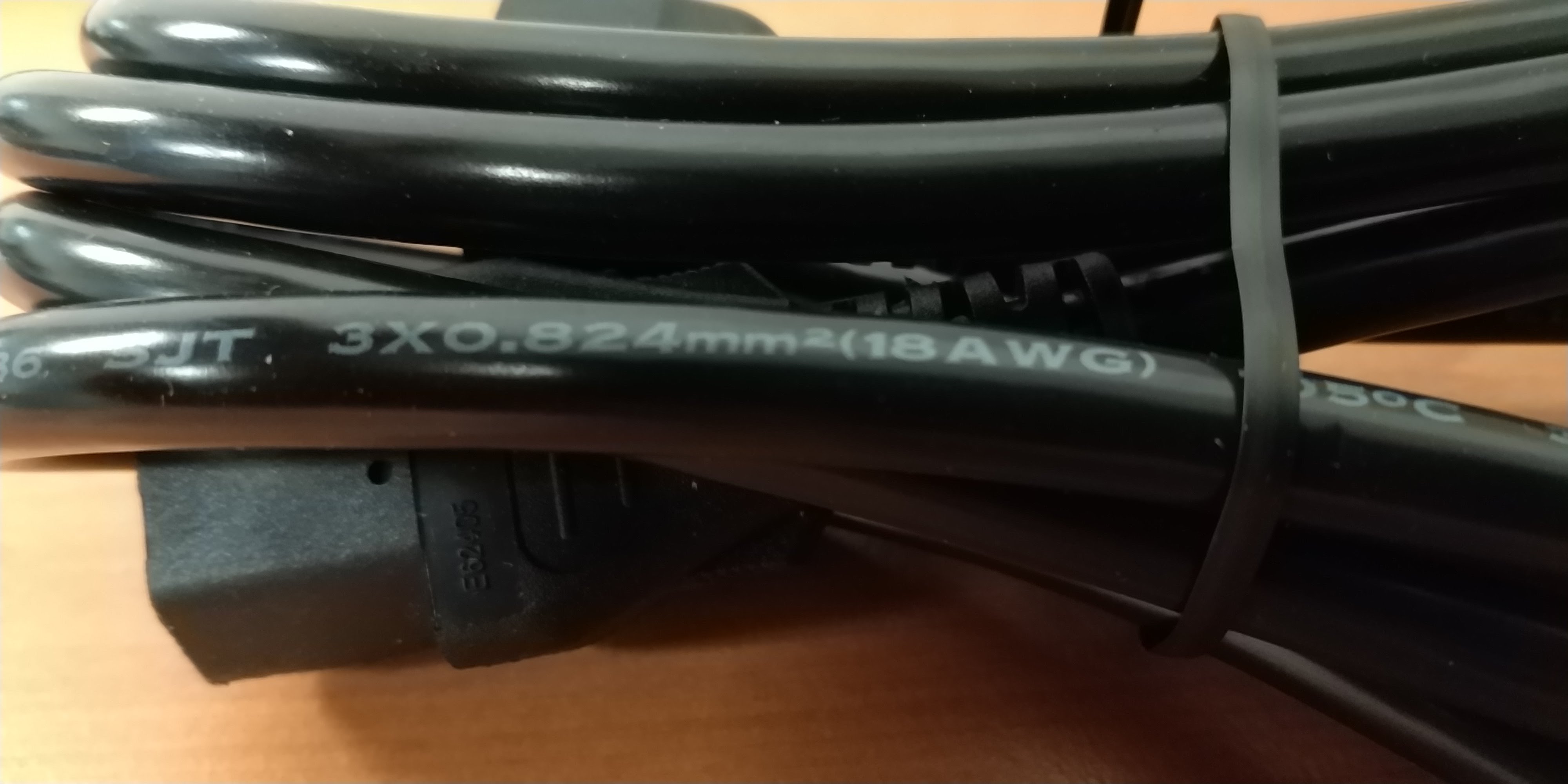
As you would expect. The higher the cross sectional area, the heavier the cables become. All cables are rated to be capable of delivering 10 Amps at 240 Volts. The difference with A vs B/C? The latter can do the same in harsher environments!
Even with these indoor cables, they are not all built to the same standards, fit and finish. You do pay for what you get for.
So why is it OK for these leads to be 0.75 mm2 but in general it's not OK for in wall cabling to be 1 mm2. The answer is current. If you use 1 mm2 in wall cables and it goes to a 2 outlet GPO, or if that is split into more GPOs. The total capacity will be exceeded. In the very worse case scenario this will cause an electrical fire.
Simple fact:
All 3 cables have smaller cross section surface area that is equal to or less than the cheapest lighting cable
Any power cable you buy from the shops is always going to be "inferior" to the in-wall cabling in terms of cross sectional area. So the notion that $5 cable you can buy from the reject shop is going to be better than in wall cabling is demonstrably false.
Do power cables make a difference? Absolutely, and not at all. There are too many variables at play - it all depends.
And here is where we come to the most common take down from camp #2. Yes, power cables did not make a difference because the gear is not good enough. The truth is that simple. We all know this, and there should be no shame in admitting your system and you is simply not good enough.
I know my system is not good enough to demonstrate the effects of power cables conclusively. My system is around 5% to 15% of a world class Hifi system, and I'm being generous here.
Instead of experimenting with cables in your own system, or arguing theories on the Internet, perhaps more of you can venture out and explore other peoples' systems. Find audiophiles in your area who claimed power cables make a difference, ask them for a demonstration. It is important to ask the audiophile to explain the differences he hear to you, this allows you to listen to music from his perspective and not yours.
If like me, you are lucky enough to meet a world class audiophile and a world class system to demonstrate the difference a cable can make, that meeting will change your point of view on music forever.
Power cables is just the tip of the iceberg. There're clocks, transport mechanisms, valves/SS, power supplies, cables and more! And they're all linked in a complex relationship. Only the best audiophile managed to untangle this puzzle, and their insights is going to be valuable.
Arguing or researching on the Internet is not going to make your audio system better. Finding systems that sound better than yours will.


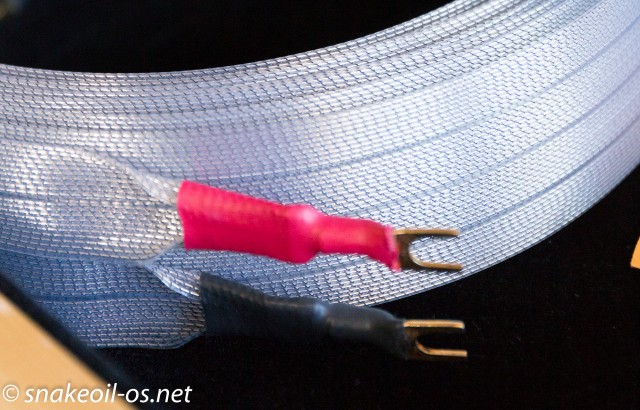
Comments
I could not agree more. I…
I could not agree more. I have always replaced my power cables on audio-related devices with homemade new ones. The thing is, I get great results from quality thick gauge 100% copper power wire I get from the local hardware store, it costs me less than 20$ after I buy good plug ends from any random asian manufacturer on eBay, The sound improvement is HUGE>
The thing is, I don’t have a 100K$ system to hear what a, say, 1000$ cable sounds like… so I don’t need more than what I have.. I’ve tested expensive cables that I’ve borrowed from friends (who have crazy (systems) and my 20$ cables sound EXACTLY the same, no better no worse.
most of my stuff is vacuum tube related, so power is a big factor.
Your right, the bottom line here is that power cables do make a difference and we should pay attention to them in our system. - BUT… our expectations shouldn’t be set as high (or low) as our wallets.
Great article, thanks
T
Add new comment